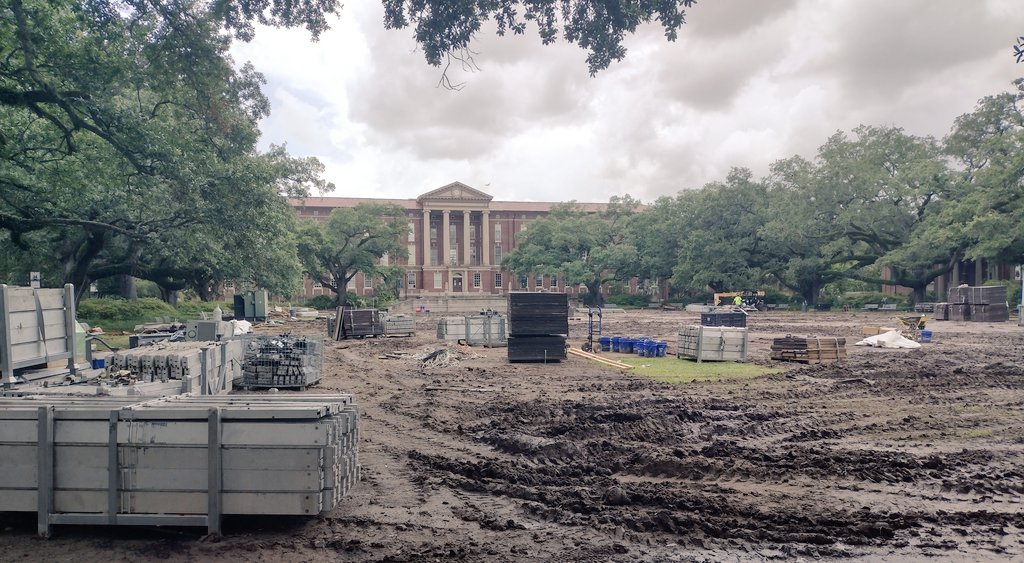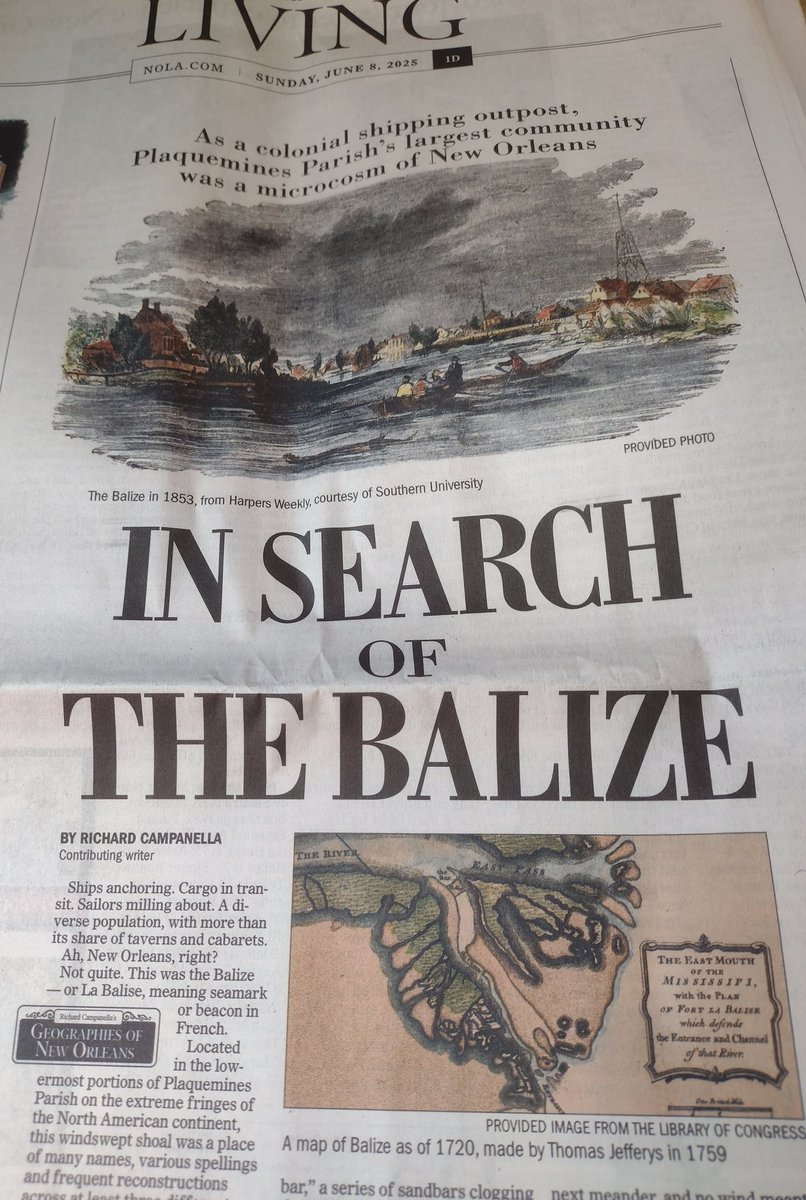
Richard Campanella
@nolacampanella
New Orleans geographer; author; professor and associate dean for research-Tulane School of Architecture; Louisiana Writer Award; Chevalier-Palmes Académiques
ID: 182454948
http://www.richcampanella.com 24-08-2010 16:52:40
22,22K Tweet
28,28K Followers
3,3K Following








By yours truly (excerpted from my latest book, "Crossroads, Cutoffs, and Confluences: Origins of Louisiana Cities, Towns, and Villages" from LSU Press ) Tulane Architecture and Built Environment Origins of St. Tammany towns can be traced to old geographical advantages: nola.com/entertainment_… via @nolanews






Just out, by yours truly, and in Sunday's print edition of the Times-Picayune: "In Search on The Balize" Tulane Architecture and Built Environment The Historic New Orleans Collection Port of New Orleans Lt. Governor Billy Nungesser Plaquemines Parish nola.com/entertainment_…



After 5+ years and nearly a full generation of Tulane Architecture and Built Environment students, the temporary pavilions are finally removed from the Newcomb Quad.


In today's Times-Picayune, see my latest 'Geographies of New Orleans,' about the long-lost transshipment port at the mouth of the Mississippi River Tulane Architecture and Built Environment Port of New Orleans

















